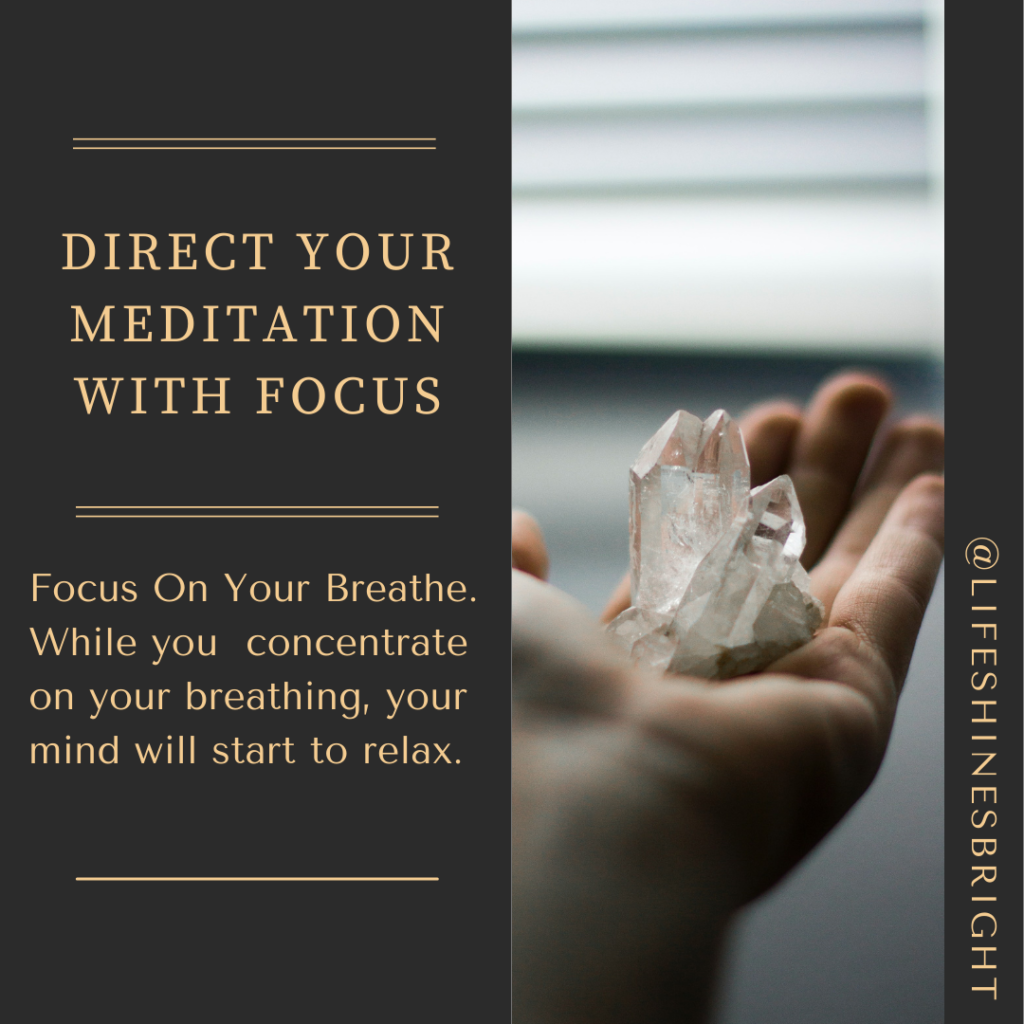
Meditation is one of the techniques often used for stress management. A person who is riddled with problems often finds it hard to focus, which often leads to more problems. Meditation techniques help a person achieve a calm state of mind without having to resort to drugs or relaxation tools and implements. Every step to meditation is done in the mind.
Remember that meditation is not a one-shot deal. It is almost impossible to attain a calm state of mind in just a matter of minutes, especially if it’s your first time. It is essential that you keep on practicing meditation until you have conditioned your mind to instantaneously achieve that calm state just by thinking about it. Four step guide for a beginner to start with meditation as your Stress Management strategy
1. Set up A Quiet Space For Your Meditation

This sets an anchor, which means your unconscious mind associates this space as a place for relaxation. Distraction is a hindrance to those who are still starting out with meditation. When you close your eyes, your sense of hearing will be twice as good, so almost any noise in your surroundings will make it hard for you to concentrate. For beginners, it is important to start out in a quiet place in your home where noise is non-existent. Close your windows and lock your door. If possible, you can tell everyone in your home to minimize their noise so that you won’t get distracted.
2. Meditation And Your Ideal Position

When meditating the relaxation needs to come from the mind, not from physical comfort. Ready Your Position. It is advisable for beginners to avoid lying down when practicing meditation. The aim here is not to sleep, and it is likely that you will fall asleep if your mind reaches a relaxed state. To stop this from happening, you can start your meditation in a lotus position, or you can find a chair you can sit on. Make sure that your back is straight, and your hands are relaxed on the armrest or on your lap.
3. Meditate On The Breath

Begin Your Meditation With Proper Breathing. A good way to start meditation is to do the proper diaphragmatic breathing exercise. You inhale through your nose and exhale through your mouth. This way, you can come up with a rhythm that you can easily focus on. Focus on your breathe. If you find your mind wandering, bring your attention back to your breathing and continue. Also, the amount of oxygen in your body will help to keep you relaxed. Keep practicing your breathing until you can do it easily without having to think about it.
4. Direct Your Meditation With Focus

Focus On Your Mind. While you are concentrating on your breathing, you will achieve a state wherein your mind will start throwing images at you. These are mostly random- events of the day, future plans, problems and worries, fears and so on. It will be hard to ignore these thoughts and you are not supposed to ignore them. The gist here is to acknowledge these thoughts when they enter your mind and then release them. This might sound hard but here is a simple example to understand the concept.
You know that you have furniture at home- you can see it clearly with your eyes, but you are not really concentrating on it. Focusing on the furniture will usually make you think of its colour, its material, how it looks in that part of your home, and more. You need to be able to look at these random thoughts in a detached state, seeing them clearly in your head but not focusing your attention on it. There will come a time that these random thoughts will stop, and you will notice that you are already in a blank space in your mind. This is the state you want to achieve during meditation. This is the place where you can think about your problems and focus on it till you can find a solution for it. With this, you have successfully mastered the basics of meditation for your stress management program.
Copyright © Ray Goslin – All Rights Reserved
